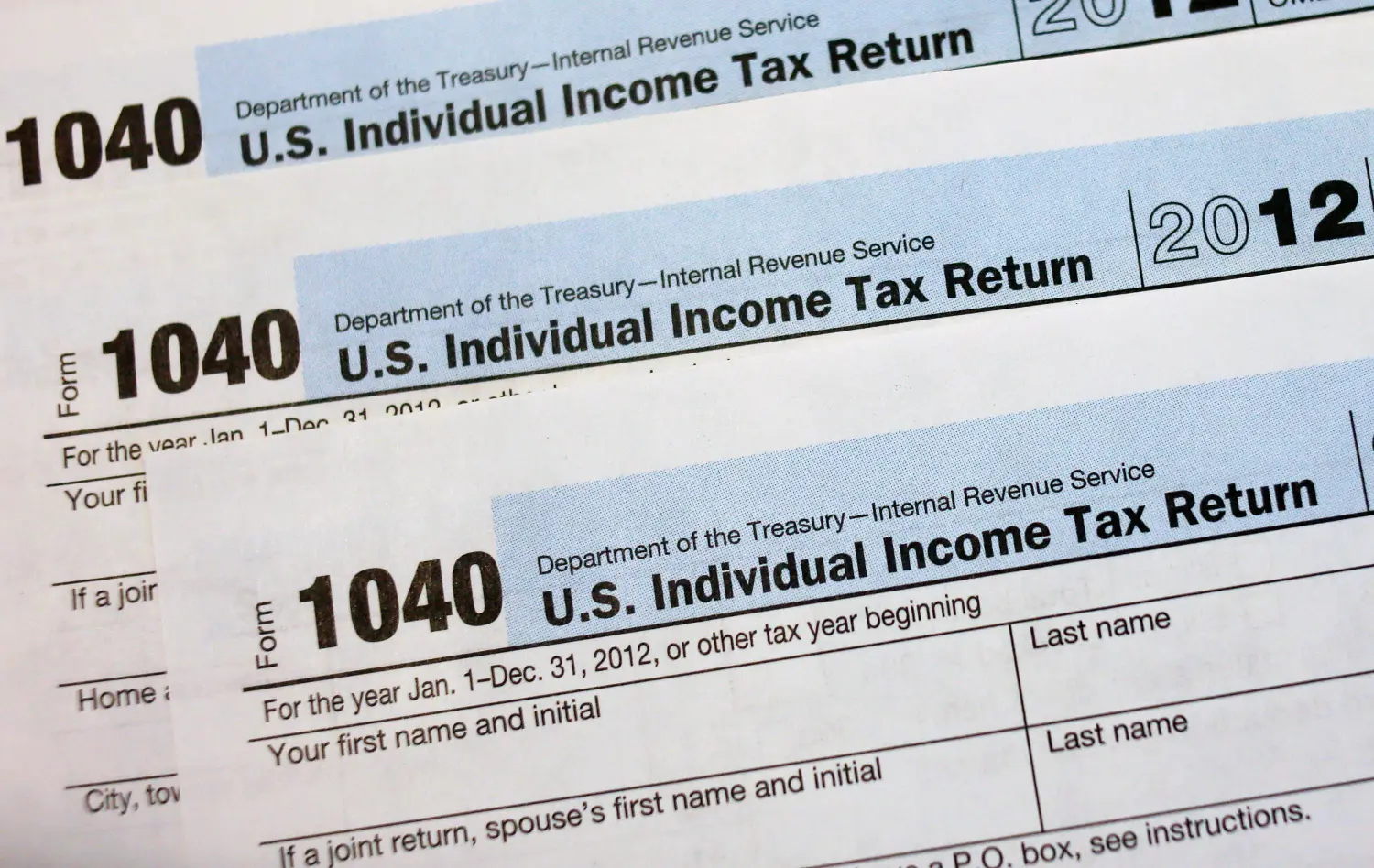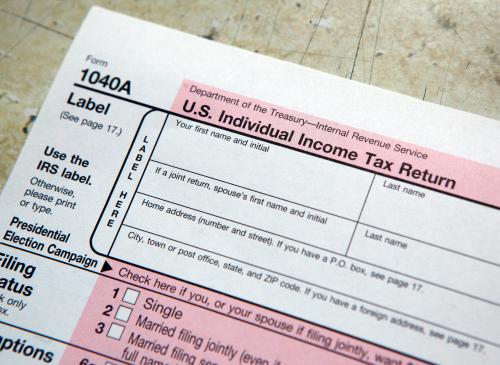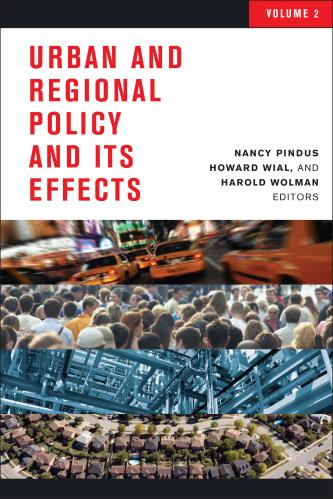Abstract
This paper examines how changes to the individual income tax affect long-term economic growth. The structure and financing of a tax change are critical to achieving economic growth. Tax rate cuts may encourage individuals to work, save, and invest, but if the tax cuts are not financed by immediate spending cuts, they will likely also result in an increased federal budget deficit, which in the long-term will reduce national saving and raise interest rates. The net impact on growth is uncertain, but many estimates suggest it is either small or negative. Base-broadening measures can eliminate the effect of tax rate cuts on budget deficits, but at the same time, they reduce the impact on labor supply, saving, and investment and thus reduce the direct impact on growth. They may also reallocate resources across sectors toward their highest-value economic use, resulting in increased efficiency and potentially raising the overall size of the economy. Results in the literature suggest that not all tax changes will have the same impact on growth. Reforms that improve incentives, reduce existing distortionary subsidies, avoid windfall gains, and avoid deficit financing will have more auspicious effects on the long-term size of the economy, but may also create trade-offs between equity and efficiency.
Introduction
Policy makers and researchers have long been interested in how potential changes to the personal income tax system affect the size of the overall economy. In 2014, for example, Representative Dave Camp (R-MI) proposed a sweeping reform to the income tax system that would reduce rates, greatly pare back subsidies in the tax code, and maintain revenue levels and the distribution of tax burdens across income classes (Committee on Ways and Means 2014).
In this paper, we focus on how tax changes affect economic growth. We focus on two types of tax changes – reductions in individual income tax rates and “income tax reform.” We define the latter as changes that broaden the income tax base and reduce statutory income tax rates, but nonetheless maintain the overall revenue levels and the distribution of tax burdens implied by the current income system. Our focus is on individual income tax reform, leaving consideration of reforms to the corporate income tax (for which, see Toder and Viard 2014) and reforms that focus on consumption taxes for other analyses.
By “economic growth,” we mean expansion of the supply side of the economy and of potential Gross Domestic Product (GDP). This expansion could be an increase in the annual growth rate, a one-time increase in the size of the economy that does not affect the future growth rate but puts the economy on a higher growth path, or both. Our focus on the supply side of the economy in the long run is in contrast to the short-term phenomenon, also called “economic growth,” by which a boost in aggregate demand, in a slack economy, can raise GDP and help align actual GDP with potential GDP.
The importance of the topics addressed here derive from the income tax’s central role in revenue generation, its impact on the distribution of after-tax income, and its effects on a wide variety of economic activities. The importance is only heightened by concerns about the long-term economic growth rate (Gordon 2016; Summers 2014) and concerns about the long-term fiscal status of the federal government (Auerbach and Gale 2016).
We find that, while there is no doubt that tax policy can influence economic choices, it is by no means obvious, on an ex ante basis, that tax rate cuts will ultimately lead to a larger economy in the long run. While rate cuts would raise the after-tax return to working, saving, and investing, they would also raise the after-tax income people receive from their current level of activities, which lessens their need to work, save, and invest. The first effect normally raises economic activity (through so-called substitution effects), while the second effect normally reduces it (through so-called income effects).
The financing of tax cuts significantly affects its impact on long-term growth. Tax cuts financed by immediate cuts in unproductive government spending could raise output, but tax cuts financed by reductions in government investment could reduce output. If they are not financed by spending cuts, tax cuts will lead to an increase in federal borrowing, which in turn, will reduce long-term growth. The historical evidence and simulation analyses suggest that tax cuts that are financed by debt for an extended period of time will have little positive impact on long-term growth and could reduce growth.
Tax reform is more complex, as it involves tax rate cuts as well as base-broadening changes. There is a theoretical presumption that such changes should raise the overall size of the economy in the long-term, though the effect and magnitude of the impact are subject to considerable uncertainty. One fact that often escapes unnoticed is that broadening the tax base by reducing or eliminating tax expenditures raises the effective tax rate that people and firms face and hence will operate, in that regard, in a direction opposite to rate cuts and mitigate their effects on economic growth. But base-broadening has the additional benefit of reallocating resources from sectors that are currently tax-preferred to sectors that have the highest economic (pre-tax) return, which should increase the overall size of the economy.
A fair assessment would conclude that well-designed tax policies have the potential to raise economic growth, but there are many stumbling blocks along the way and certainly no guarantee that all tax changes will improve economic performance. Given the various channels through which tax policy affects growth, a tax change will be more growth-inducing to the extent that it involves (i) large positive incentive (substitution) effects that encourage work, saving, and investment; (ii) small or negative income effects, including a careful targeting of tax cuts toward new economic activity, rather than providing windfall gains for previous activities; (iii) reductions in distortions across economic sectors and across different types of income and consumption; and (iv) minimal increases in, or reductions in, the budget deficit.
The remainder of the paper is organized as follows. Section II provides a conceptual framework by discussing the channels through which tax changes can affect economic performance, including the many ways in which a positive substitution effect in response to a tax rate cut might be dissipated or even reversed by other factors.
Section III provides an empirical starting point. We show that growth rates over long periods of time in the United States have not changed in tandem with the massive changes in the structure and revenue yield of the tax system that have occurred. We also report findings from Piketty, Saez and Stantcheva (2014) that, across advanced countries, even large changes in the top marginal income tax rate over time do not appear to be strongly correlated with rates of growth.
Section IV explores empirical evidence on taxes and growth from studies of major income tax changes in the United States. Consistent with the discussion in Section III, the studies find little evidence that tax cuts or tax reform since 1980 have impacted the long-term growth rate significantly.
Section V examines the new “narrative” approach to identifying tax changes that are exogenous to current economic conditions, stemming from the seminal work of Romer and Romer (2010). The literature, which generally uses vector autoregression (VAR) models, finds that tax cuts that meet the exogeneity criteria raise short-term output and other economic activity. The narrative literature does not speak to the long-term effects, though.
Section VI discusses the results from the literature on simulation models, which has generated two main results. First, debt-financed tax cuts will tend to boost short-term growth (as in standard Keynesian models and in the literature using the narrative approach), but also tend to reduce long-term growth, if they are financed eventually by higher taxes. Second, revenue-neutral income tax reform can provide a modest boost to economic growth.
Section VII concludes.1
[1] There are a number of related issues that are both interesting and important, but beyond the scope of the paper – including, for example, the elasticity of taxable income, the relationship between inequality (especially as it is affected by the tax system) and growth, the effects of corporate income tax reform on growth and the detailed literatures on the effects of taxes on labor supply, saving, and investment.









